Everything you wanted to know about sprouts

Sprouts: You’ve probably encountered them before on a salad or a sandwich and thought little about them. Maybe you love them, maybe you skip them. Either way, chances are you probably don’t know a whole lot about them.
Cleveland Clinic is a non-profit academic medical center. Advertising on our site helps support our mission. We do not endorse non-Cleveland Clinic products or services. Policy
So what are these tiny little vegetables? What else can they be used for and what are the benefits – and risks – of eating them? To get to the bottom of it all, we spoke with registered dietitian Mira Ilic, RD, LD, MS.
Sprouts are the germinated seed of a vegetable, young plants on their way to full growth – at least until some are harvested from those plants to be, well, sprouts for eating. You can find sprouts pretty much wherever you find food, particularly grocery stores and farmers markets. Some people even grow their own.
Most sprouts you’ll encounter fall into four categories:
Some of the more popular sprouts include alfalfa, mung bean, red clover and broccoli.
And, no, Brussels sprouts aren’t part of these sprouts. Says Ilic, “They’re grown like regular plants, not in that warm water environment like sprouts.” Brussels sprouts are actually in the same family as cabbage, kale, broccoli and cauliflower.
Sprouts are jam-packed with vitamins and minerals, varying from sprout to sprout. “Sprouts carry essential vitamins, minerals, fiber and are a great source of antioxidants,” says Ilic.
For instance, she says, “Broccoli sprouts will be loaded with vitamin A, vitamin C, vitamin K, folic acid and they are a really good source of the powerful antioxidant sulforaphane.”
Sprouts can also carry other nutrients like B vitamins and minerals like phosphorus and magnesium. Plus, they’re low in things like fat, sodium and calories.
There’s also the appeal of what they can bring to your meal. “They bring a variety to your salad, wrap or sandwich,” Ilic says. “They can add a crunch and even a different flavor besides those health benefits. And that makes them appealing to a lot of people.”
But sprouts also carry some risks that you need to be aware of before adding them to your next meal.
While they’re nutritious, sprouts also run a risk of carrying foodborne illnesses like E. coli and salmonella. Most sprout seeds are grown in warm, humid conditions which are conducive to bacterial growth. And, Ilic points out that at larger farms where sprout seeds are harvested, there’s a risk of those seeds coming into contact with water that contains animal waste.
“There’s also a risk of the way they’re handled when they’re harvested,” she says. “When they’re harvested and packaged for sale, there’s the chance of a foodborne illness being passed that way, too, if the people who handled them didn’t practice good hand hygiene.”
These risks are further compounded by the fact that many prefer to eat sprouts raw which means no cooking process to kill off any bacteria. Those risks are high and prevalent enough that the FDA has issued recommendations and guidance for producers of sprouts.
According to Ilic, the best way to safely enjoy sprouts is to cook them. “It may not be as appealing to some because you might lose that crunch, but it’s the safest way,” she says.
She adds, “You may lose some vitamins and minerals when you cook sprouts but you’re still getting most of the nutrients they contain, just to a lesser amount.” Boiling, oven-roasting and steaming sprouts are more cooking options to consider.
There are, too, canned bean sprouts. While they may not be as appealing as freshly grown sprouts, they’re safer, Ilic says. “The process of canning involves heat which makes them a safer choice.”
Some sprout lovers prefer to grow their own at home. But this doesn’t mean they’re any safer from contamination. “Since most outbreaks of sprout-related foodborne illness are associated with the contaminated seeds, it is no safer to grow sprouts at home than to get them from a store,” Ilic says.
“If the seeds happen to be contaminated with bacteria, they can cause food illness regardless of where they are grown.”
Ilic says, “Once you have fresh sprouts home, they should be chilled and stored in a refrigerator that can keep them at or below 40 degrees Fahrenheit.”
She also recommends washing your hands before and after handling sprouts and rinsing sprouts well before using them. “You’re trying to keep any bacteria you can off of them and rinsing off other materials that could be harmful before you consume them,” she says.
The appearance of sprouts matters, too. “If they’re slimy, smelly or musty, you should throw them out right away,” she adds.
Learn more about our editorial process.
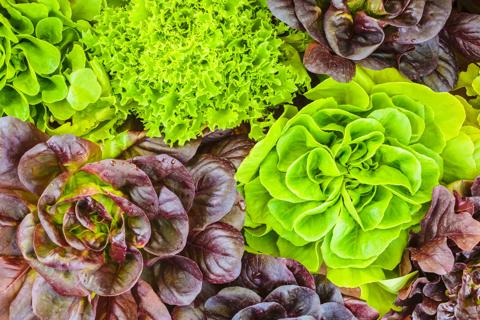
Lettuce is a versatile vegetable loaded with antioxidants and good-for-you nutrients
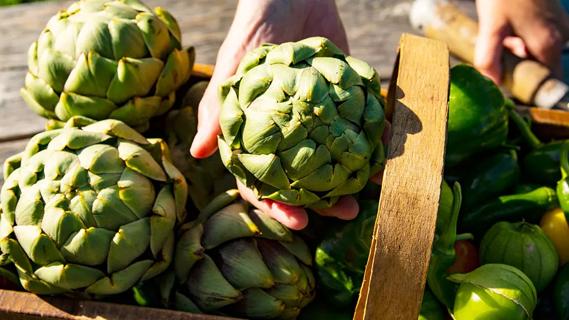
This unique-looking veggie is fiber-dense and antioxidant-rich, and can improve the health of your gut, liver and heart
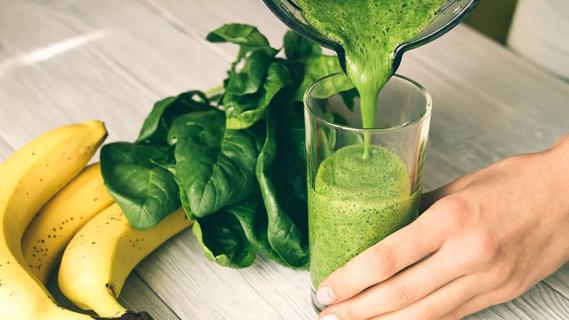
Vitamin-packed and antioxidant-rich, spinach can benefit your brain, eyes, blood and more
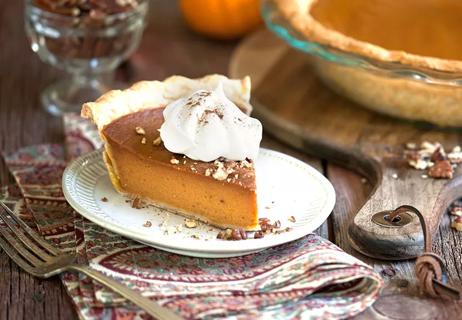
A pie that’s rich in antioxidants, but poor in fat (and that’s a good thing!)
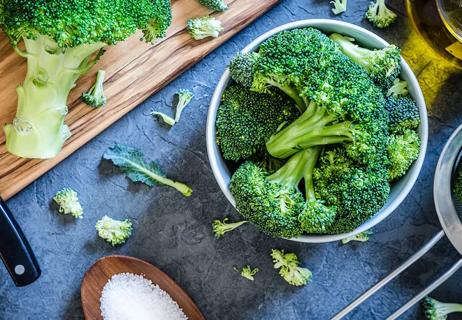
These ‘tiny trees’ provide disease-fighting nutrients and may protect your gut

It’s the flavor of fall, but it’s good to be wise about how you consume it
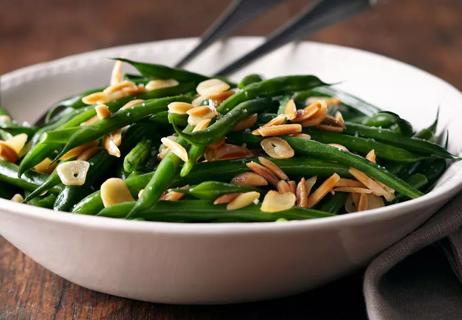
This classic veggie can boost your heart health, help with digestion, fight off hunger and more

It’s good for cholesterol, blood sugar, your gut and (surprise!) stronger bones

Your metabolism may torch 1,300 to 2,000 calories daily with no activity

A gentle touch in all the right places may help drain your sinuses